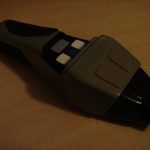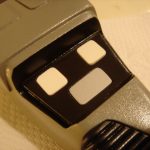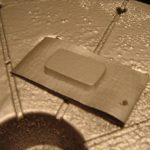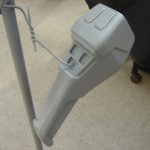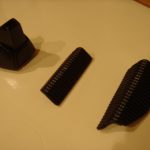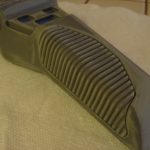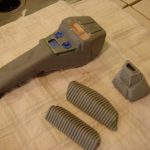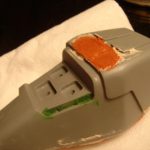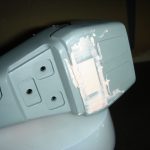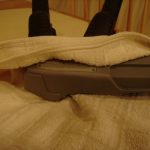Clear Coat and Done!
Last step was to get a clear coat on this puppy. I normally try to use the same clear coat as undercoat, but I was out of Krylon clear, and I didn’t have the energy to run to the store. I decided to go with Duplicolor’s clear coat. Duplicolor is an automotive-brand paint. The clear coat work out very…

